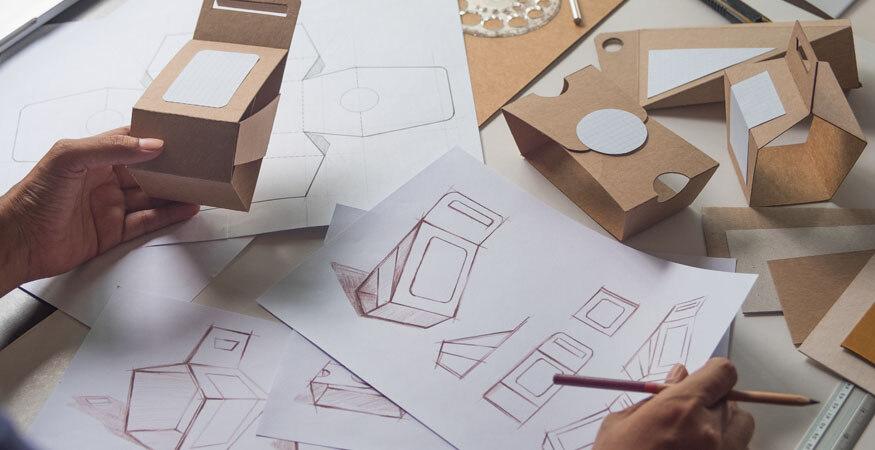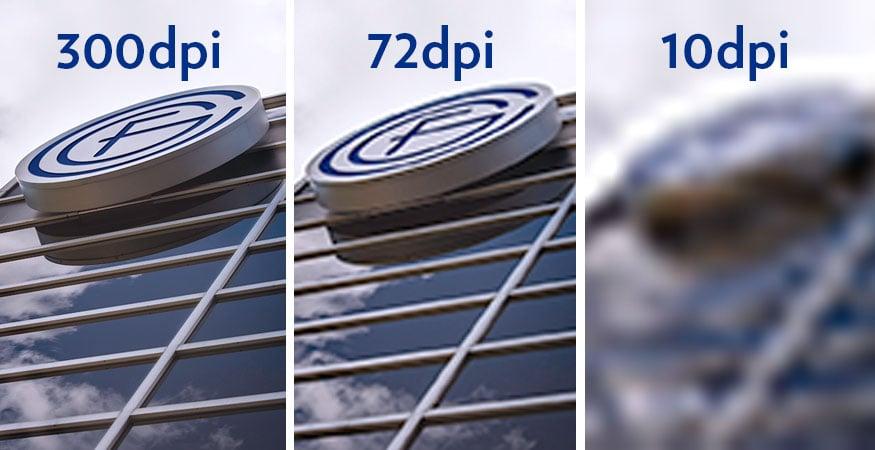It’s amazing what you can do with a multi-function office printer today. For example, the Canon imagePRESS Lite C165 is an everyday, workhorse office printer found in thousands of offices around the world. But this machine can print 65 color pages in a minute, collate and staple it all and deliver a finished booklet in minutes.
But what if you need large format prints, like posters and banners? Can you print postcards, business cards or glossy holiday cards? What if you need to send tens of thousands of invoices in a single day?
Today we will discuss when it is time to consider production printing services, either from an in-house print shop or commercial printing partner.
A BIG PRODUCTION
First, let’s define our terms. What makes something a production printing technology? In our eyes, production printing is commercial-grade printing done with high-end digital devices or offset lithography printers. A high-end digital press can produce anything from small flyers to complex three-dimensional promotional pieces or churn out high volume print jobs without a hitch.
You can think of digital printing as desktop printing on steroids. Like your desktop or office printer, the printed image starts as a digital file. However, the production printer itself can handle higher resolutions like 2400 x 1200 dots per inch (dpi) for color printing, can handle larger sizes of paper (typically from 18" and 100"), thicker media stocks and can apply special finishes or glosses. These machines also have more memory and offer workflow tools so they can manage complex and data-intensive jobs.
For very special print jobs, like limited-edition books, offset lithography is the go-to industrial print process. In this method, printed images are “offset” from a metal printing plate and then rolled onto the printing surface like a stamp. Offset lithography can produce enormous volumes of materials with high quality but takes longer to set up than digital printing and is best for ongoing, large-scale projects.
THE NEED FOR SPEED
But production printing is not just for jobs that demand high-quality or specialized printing. If your company has large volumes of print jobs , like invoices, forms, lengthy reports or billing statements, production equipment will be necessary. We find that businesses need a production system once you need to print more than 100 pages per minute. For example, while churches may not use printers that often, once a week they may quickly need to churn out thousands of copies of that week's bulletin.
Here are the questions we ask a customer considering whether production printing is right for them:
- Do you regularly update or change forms, prints mass invoices or tax returns?
- Do your catalogs, sales or marketing materials change frequently?
- Do you need variable data printing or fast turnaround times for large projects?
- Do you need a machine that can quickly produce a large amount of color-critical and high-quality materials for marketing or sales collateral?
If you answer yes to any of these questions, it may be time to upgrade to a production printing technology.
Deciding when to pursue production print versus relying on your standard office printing is a complicated decision. If you are wondering if your print needs warrant a production printer or outsourcing more of your printing needs, talk to the production print experts at Troyka-TC. We have decades of experience with both office printing technology and production print, so we will help you find the right solution for your business.










